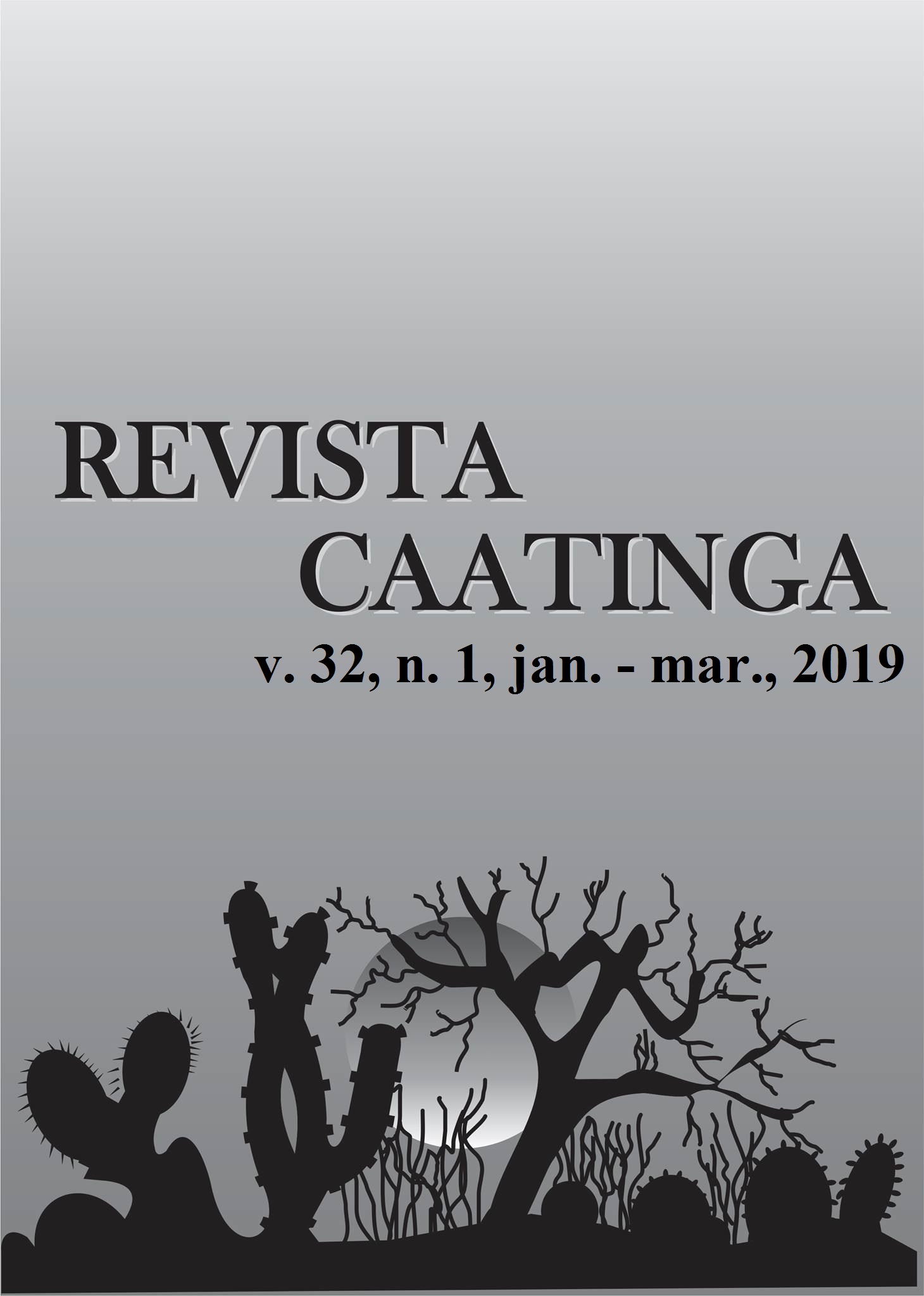SPATIALIZATION OF ELECTRICAL CONDUCTIVITY AND PHYSICAL HYDRAULIC PARAMETERS OF SOILS UNDER DIFFERENT USES IN AN ALLUVIAL VALLEY
DOI:
https://doi.org/10.1590/1983-21252019v32n122rcKeywords:
EM38. Ecosystem services. Soil use. Beerkan. Geostatistics.Abstract
Evaluating spatial variability of hydraulic properties and salinity of soils is important for an adequate agricultural management of alluvial soils, and protection of riparian vegetation. Thus, the objective of this work was to evaluate the accuracy of geophysical techniques for indirect measurements of apparent electrical conductivity (ECa), using an electromagnetic induction equipment (EM38®), and soil physical hydraulic parameters and their spatial interrelations. The study was carried out at the Advanced Research Unit of the UFRPE, in the Brígida River Basin, in Panamirim, state of Pernambuco, Brazil, in the second half of 2016. This river had a 100 m wide riparian forest strip transversely to the river bank on both sides of the river. A regular 20×10 m grid with 80 points was used to evaluate the soil hydraulic conductivity and ECa. The geostatistics showed the spatial dependence and the dependence of the soil attributes, their spatialization, and precise mapping through indirect readings. Most of the variability (86%) in soil electrical conductivity was explained by indirect readings using the EM38®. Ranges of 80 m, 380 m, and 134 m were found for soil moisture, ECa, and hydraulic conductivity, respectively, presenting strong spatial dependence. The results showed the importance of riparian forests to the maintenance of soil moisture and porosity to the improvement of soil water infiltration capacity even under severe water deficit conditions and soil subsurface layers.
Downloads
Downloads
Published
Issue
Section
License
Os Autores que publicam na Revista Caatinga concordam com os seguintes termos:
a) Os Autores mantêm os direitos autorais e concedem à revista o direito de primeira publicação, com o trabalho simultaneamente licenciado sob a Licença Creative Commons do tipo atribuição CC-BY, para todo o conteúdo do periódico, exceto onde estiver identificado, que permite o compartilhamento do trabalho com reconhecimento da autoria e publicação inicial nesta revista, sem fins comerciais.
b) Os Autores têm autorização para distribuição não-exclusiva da versão do trabalho publicada nesta revista (ex.: publicar em repositório institucional ou como capítulo de livro), com reconhecimento de autoria e publicação inicial nesta revista.
c) Os Autores têm permissão e são estimulados a publicar e distribuir seu trabalho online (ex.: em repositórios institucionais ou na sua página pessoal) a qualquer ponto antes ou durante o processo editorial, já que isso pode gerar alterações produtivas, bem como aumentar o impacto e a citação do trabalho publicado (Veja O Efeito do Acesso Livre).







